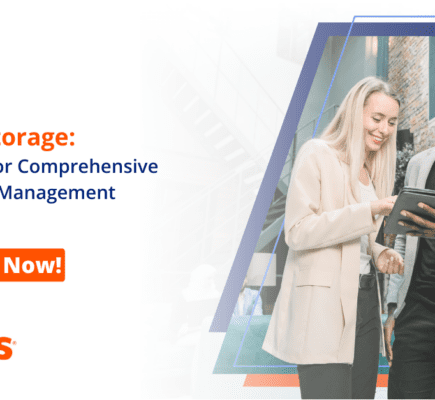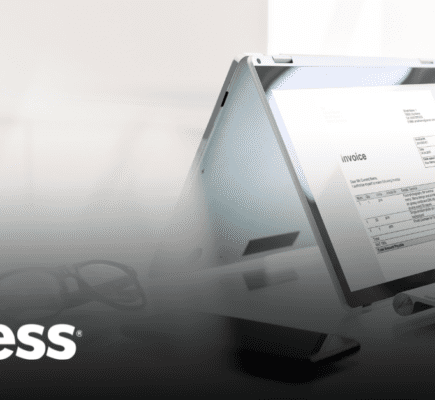
Businesses gain a competitive advantage by understanding the value of their information. Using a traditional approach, simple calculations can determine the cost of creating or acquiring data. In his recent book Infonomics, Douglas Laney explains a novel approach to determining the value of information in business.
Business intelligence platforms that incorporate Infonomics-style metadata can help you target new business opportunities by analyzing your organization’s data. Information governance (IG) professionals are in a unique position to understand what information you are collecting and provide solutions for capturing additional value from that information.
How to Determine the Value of Information
The traditional approach to asset valuation is incomplete for determining the value of data and information. Traditionally, assets are valued by looking at both hard and soft costs:
- Hard cost: How much did we pay?
- Soft cost: How much does it take to manage or maintain the asset?
Salvage value and depreciation may also play a role in calculating asset cost. For example, if a mortgage bank is processing a business loan, the lender will factor in several criteria to evaluate the creditworthiness of the loan: the value of the equipment over its life cycle, staff expense, company overhead, and the cost of money over time. If the new asset’s total cost of ownership is less than the revenue it generates, then it is likely that the bank will grant the loan. If the incremental increase in revenue is less than the costs calculated using the traditional approach, then the bank will not extend credit.
Once the loan is funded, it shows up as an asset on the bank’s balance sheet. In addition, the revenue generated by the monthly payments may appear as income on the profit-and-loss statement. If the bank does not grant the loan, the processing costs are categorized as expenses on operating reports. Successful banking organizations close loans that generate more income than expenses.

Beyond Storage – A Comprehensive Information Management Checklist
Organizations of all kinds and sizes are finding themselves faced with an array of information management challenges. Some of these challenges, like the transformation of information technologies and the growth of data sets, have remained relatively unchanged for years.
Assess the Value of Data And Information Information Value Beyond Immediate Revenue Impact
The above scenario involves a process that creates income by lending money to businesses for the purchase of new equipment. The value of the information this process produces is traditionally viewed as the value of the loan. However, is there any other value outside of the income that the loan produced? By applying the principles of Infonomics, the answer is an emphatic yes.
The loan processing activity collected a lot of information, including income data for all applicants. The bank also gathered information about the net assets of the individuals who applied to determine their creditworthiness. The application of Infonomics methods and calculations to the aggregated and anonymized data set generated by the bank’s loan processing activity will identify additional valuable information assets ignored by the traditional approach.
For example, the mortgage company could advertise the details of the newly aggregated information assets to realtors who may be pursuing clients of the same demographic. Sharing with realtors the percentage of loan acceptance rates across various factors may bring more business to the mortgage company. Having an opt-in or opt-out process, as well as anonymizing or pseudonymizing personally identifiable information during processing would legitimize the mortgage company’s marketing and sale of information to third parties. If the mortgage company started to expand on these revenue streams, those incomes could augment the profit-and-loss statement considerably. It is likely that the expenses related to new information assets will be less than the expenses related to processing loans. As a result, both the profit margin and the overall profit for the organization would increase. Using this approach, it is clear that the value of data and information is higher than its original intended use.
This novel valuation approach requires stakeholders to consider the privacy and security aspects associated with the expanded information value. Once this is properly done, the risk is reduced and profits increased. An IG professional will mitigate security risks as well as identify the value of data and information within your organization. The application of Infonomics principles to increase the asset value of data and information can help you become more competitive and, ultimately, successful in reaching your goals.
For more on how to determine the value of information in business from unstructured content, check out this webinar recording: Unlocking Customer Value Through Effective IG
Baird Brueseke has 25-plus years of experience leading companies and designing solutions to customer problems. He cofounded Wheb Systems, which grew from a two-person startup to become Captiva Software, a public company with over four hundred employees that was purchased by EMC. After Captiva, Baird’s interests turned to education and cybersecurity. He co-authored a patent and created the cloud-based portal CLaaS (Computer Lab as a Service), which gives academic institutions the ability to deliver a hands-on computer science laboratory experience to distance learners. Baird can be reached at [email protected]



